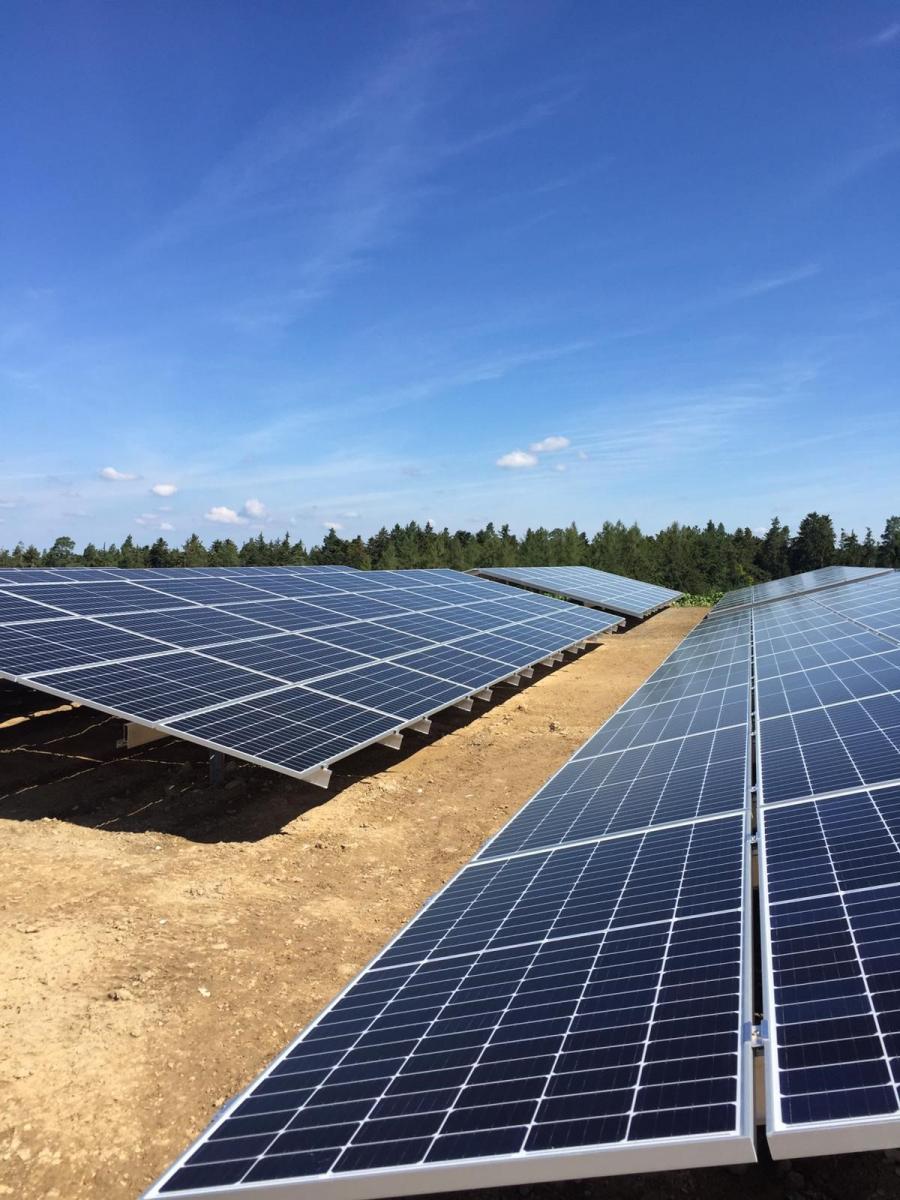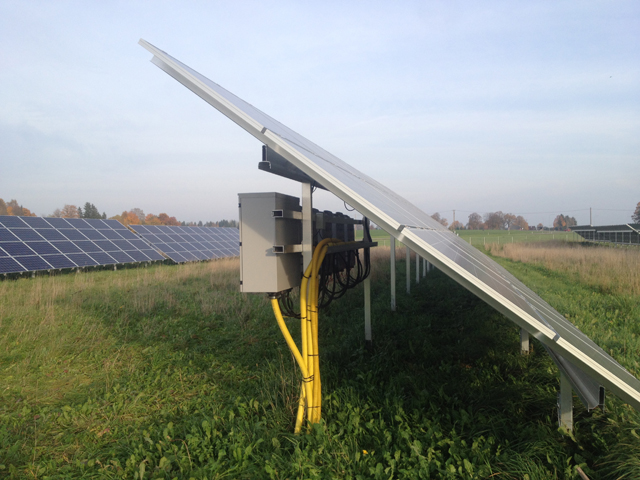Blog post
Solar power is having its moment in the sun. Valued at $52.5 billion in 2018, the global market is projected to reach $223.3 billion by 2026—a compound annual growth rate of more than 20%.
Society’s demand for clean, renewable energy, boosted by government subsidies and incentives, are driving this boom. But solar energy’s plummeting cost and unique versatility are other key drivers.
The European Commission has set up ambitious CO2 reduction targets, and the association SolarPower Europe reports that new solar power installations grew 11% in 2020. That makes 2020 the second-best year for solar in the EU, despite delays due to Covid-19. The association predicts even higher growth levels over the next four years.
Aluminium frames: lightweight, precise, recyclable
While practically all solar cell and panel manufacturing has shifted to China, European aluminium manufacturers still create the structures that hold the panels in place. Constellium makes extruded aluminium frames that provide stability to photovoltaic (PV) panels and fasten them to rooftops. Constellium also produces sub-frames for panels that are mounted to the ground in solar parks.
Aluminium is ideal for solar panel structures because it is lightweight and easy to transport, strong and sturdy, as well as corrosion-resistant. Aluminium with high-quality surface treatments can be quickly sawn, drilled, and cut to length according to precise specifications—a huge advantage for mounting PV panels to the ground.
Once attached, the panels must stay firmly in place and resist all kinds of weather conditions, no matter how challenging. For example, they must resist high winds and rust from salt air.
Of course, aluminium’s recyclability is also a major advantage, but is rarely needed. Rainer Swidrak, sales director for Constellium’s Soft Alloys Europe, has never seen a solar park outlive its usefulness and be dismantled.
German excellence
Germany—where the government has been subsidizing renewable energy for decades—is Europe’s largest solar market and has been for most of the past 20 years. In the medieval city of Freiburg, known as Europe’s “solar city,” City Hall generates more power than it uses, with 800 solar panels on its facades and roof. Freiburg’s brand-new football stadium is also expected to supply its own power. The city has about the same quantity of solar radiance as most of England (in other words, not a lot), which is proof that you don’t have to live in the tropics to get your energy from the sun.
Germany is a historical player says Swidrak. “From the very beginning, knowledge and development of the solar industry have been driven by German companies and the German State.” The country’s well-designed solutions speed up assembly and make it easier to adjust modules to different environments and locations.
On time every time
One of the most complicated aspects of the solar business is managing the logistics and planning of building a solar park. Not every company can keep up with the large production volumes and the need for fast, reliable delivery.
Swidrak says, “To build a 500-kilowatt solar park on a field in Sweden, for example, our customers have a team of nearly 100 people waiting to install the panels as soon as our products arrive. So we need to be able to predict the exact date and hour when our products will be delivered, and those 100 people need to be able to install the panels quickly and simply.”
Recently, Constellium fulfilled a project for 800 tons of aluminium profiles for a project in Estonia. The customer entered the solar industry at the end of 2019, and business is already booming—it now orders nearly 3,000 tons of profiles per year. It is crucial for its suppliers to keep up with this demand. “That means 300-400 tons a month, in final lengths of 6-7 meters,” says Swidrak. “Of course, it’s easier to get the structures from a supplier in Germany, 300 kilometers away, than from a supplier in China—but still, we have to deliver the right quality at the right time.”
The growth of green
Constellium has installed profiles throughout Europe, from Estonia to Kazakhstan. Demand for our products to the solar market in 2021 is the strongest ever so far. But as good as 2021 may be, Swidrak expects that 2022 will be even better, boosted by market demand and younger generations that are increasingly conscious of lowering their carbon footprint.
And we could not be more excited to participate directly in this solar powered growth and to play our part in the fight against climate change!


In Estonia, one of our customers installed a 70 MWp park last year. It generates around 65,000,000 kWp per year, which roughly corresponds to the electricity requirements of 18,000 four-person households.
